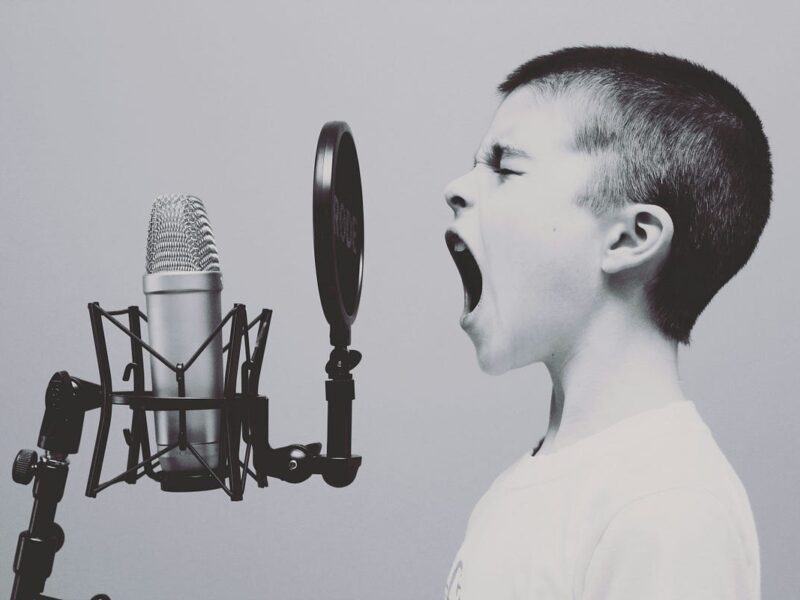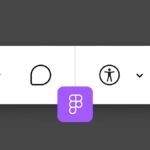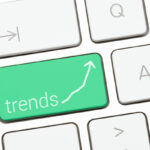[ad_1]
The Emotional Design Rules
Don Norman, a well known cognitive scientist and usefulness specialist who is taken into account the founding father of consumer expertise, initially outlined the basics of emotional design in his 2004 guide "Emotional Design: Why We Love (or Hate) On a regular basis Issues." He proposed that human emotion and design work together on three ranges: visceral, behavioural, and reflective. These ranges, which make up the muse of emotional design, every replicate a definite approach that customers view and relate to things.
Visceral Design
This centered on gut-level, instant responses. First impressions and appears are key. Vibrant colors, trendy consumer interfaces, and interesting animations have interaction viewers and provoke robust emotions immediately. As an illustration, customers get and concerned after they see the colourful, sparkly icons on the house display screen of a smartphone.
For instance of the visceral degree, customers shortly get drawn in by Duolingo’s app's energetic color schemes, humorous characters, and amusing animations. Constructive first impressions are created by these visible parts, which stimulate curiosity and pleasure and encourage customers to return to the app.
Behavioural Design
Usability is the principle focus right here. Constructive feelings spring to mind when a product works successfully and easily satisfies the consumer’s wants. For instance, navigation apps that present correct, clear instructions decrease stress and improve dependability and confidence.
The Duolingo app provides customers a transparent strategy to monitor their progress with every day streaks, medals, and customised lesson plans. By providing a clean and satisfying expertise, these parts put an emphasis on use and performance. The app’s sympathetic suggestions mechanism, which incorporates type reminders and assist following errors, lowers stress ranges and maintains customers’ motivation to continue learning.
Reflective Design
Deeper relationships are dealt with by reflective design. It refers to an individual’s personal character, values, and objectives. As a result of they characterize authority, high quality, and acceptance of 1’s self-image, luxurious manufacturers, for instance, appeal to customers.
Customers of Duolingo construct a way of id and success. As they advance, learners begin to understand themselves as proficient language learners, which is in keeping with their targets and self-perception. The app’s capability to supply customised materials strengthens customers’ sense that they're starting on a significant, private improvement path, encouraging lifelong dedication and emotional connection.
Emotional Design’s Future in UX
Modern interfaces that react to customers’ feelings in actual time are the best way of the longer term for emotional design. Techniques will have the ability to recognise voice tones, facial expressions, and biometric info due to developments in AI and machine studying, permitting them to switch interactions accordingly.
To generate extra highly effective emotional reactions, future UX designs will embody multimodal parts like sound, contact, and maybe scent. Digital actuality (VR) experiences, for instance, have the potential to imitate environments that change primarily based on the feelings of customers, enhancing engagement.
AI-powered consumer interfaces will get extra sympathetic, figuring out customers’ feelings and altering visuals, tone, or info to go well with their emotions. An e-learning platform might, for example, recognise when a consumer is turning into overloaded and alter the tempo or provide supportive feedback.
[ad_2]
Source_link





